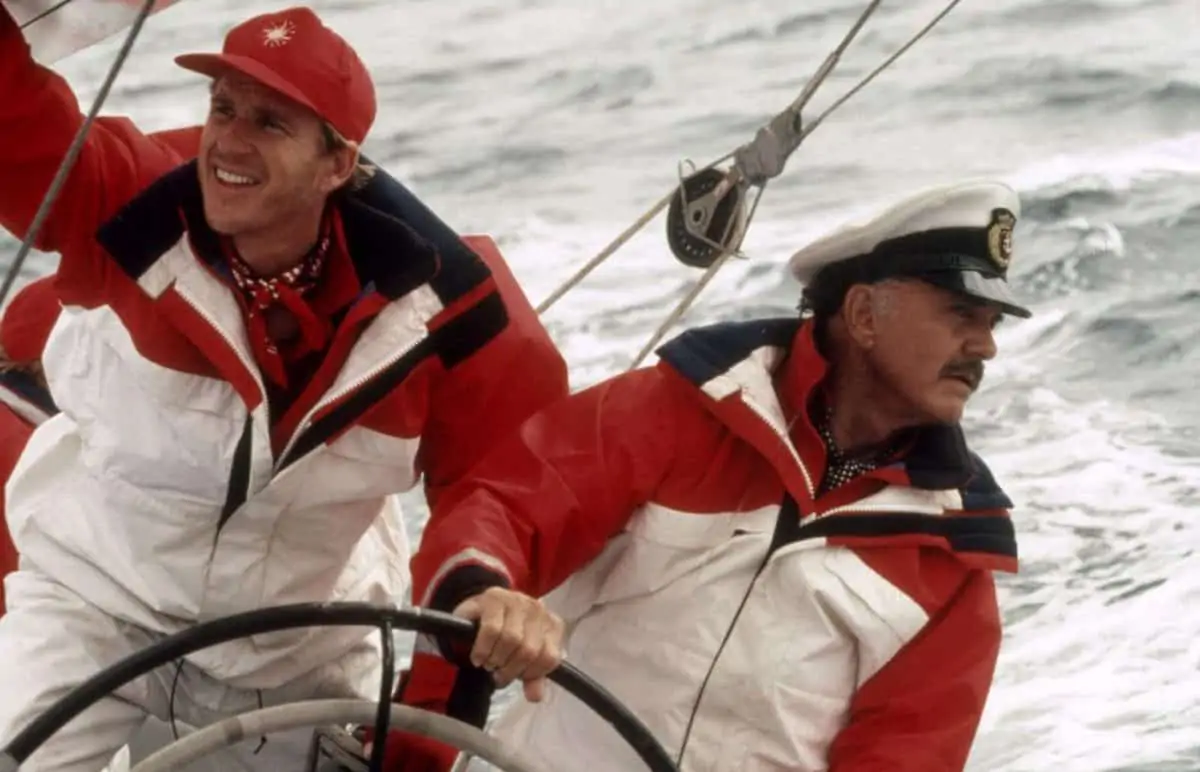Camerimage are very proud to announce that John Toll, ASC, will be the recipient of Camerimage Lifetime Achievement Award during the upcoming 25th anniversary edition of the International Film Festival of the Art of Cinematography, which will be held in Bydgoszcz between 11th and 18th November 2017. Toll is an American cinematographer and two-time Academy Award® winner with over four decades of experience in film and television. He has collaborated with such filmmakers as The Wachowskis, Ang Lee, Mel Gibson, Francis Ford Coppola, Terrence Malick, Carroll Ballard, Cameron Crowe, Edward Zwick, and Vince Gilligan, among many others. When working on epic Hollywood films, he used light, shadow and camera movement to create striking moments of intimacy that define characters, while infusing smaller projects with beautiful scope and a sense of exceptionality. He has photographed war movies, crime dramas, SF/fantasy films, melodramas, comedies and westerns, in each and every one of them being at the service of the director and his vision, while at the same time making them somehow his own.

Before he became a world-renowned director of photography, John Toll worked on every level of the world of cinematography, from gathering experience as a production assistant to shooting films as a camera operator. Such an organic development of his career made Toll perfectly in sync with all aspects of his future profession and allowed him to learn under the watchful eye of some of the film industry’s veterans. As camera operator he worked with John A. Alonzo on director Martin Ritt’s Norma Rae and Brian De Palma’s Scarface, as well as with other distinguished filmmakers such as Jordan Cronenweth on Francis Ford Coppola’s Peggy Sue Got Married, Conrad Hall on Bob Rafelson’s Black Widow, Allen Daviau on John Schlesinger’s Falcon and the Snowman, and Robbie Greenberg on Karel Reisz’s Sweet Dreams.
At the same time, Toll was very conscious of his career choices and never rushed his debut as a cinematographer, preferring to wait for the right opportunity.
This turned to be Carroll Ballard’s 1992’s Wind, a tale of young and ambitious America’s Cup sailor who faced both uncontrollable forces of nature and his inner limitations as a human being. Toll’s eye for detail and light made the story authentic and shaped by many shades of human nature. It was very similar to his next project, Edward Zwick’s romantic epic Legends of the Fall, in which the main characters live in isolation surrounded by wild and beautifully photographed nature, but are forced to join once more the brutal and ruthless world of men. Toll received an Academy Award® for his work on Legends of the Fall, as well as an Academy Award® a year later for his cinematography on Mel Gibson’s Braveheart, in which he complemented the romantic pathos of the struggle for independence with the down-to-earth bravery of people who went to war to protect their loved ones. John Toll is one of only four cinematographers who won two Academy Awards® back to back.


His third Academy Award® nomination came for his collaboration with Terrence Malick on The Thin Red Line, a philosophical war film in which the cinematographer contrasted the constant cruelty of the human kind with the eternal beauty of nature. By binding the effective spectacle of depicting the Guadalcanal campaign with the intimacy of experiences of individual American soldiers, Toll has yet again proven that he is above all interested in human beings, with all of their weaknesses and doubts. He took the same approach with Edward Zwick’s The Last Samurai, building with his set of tools a bridge between 19th-century Japan’s culture and mentality and the West. This may be the common denominator of most of Toll’s films, from Cameron Crowe’s musical drama Almost Famous to The Wachowskis and Tom Tykwer’s Cloud Atlas, a tale set in six different time periods in the past, the present and the future.
John Toll selects his projects very carefully – in the quarter of a century that has passed since his debut on Wind, he shot twenty-two feature films and took part in filming two TV shows, returning to the television medium in which he learned some of his craft in the 1970s and the 1980s. It was Toll who shot with Vince Gilligan the pilot episode of Breaking Bad, setting the visual tone of the project that has since become known as one of the best TV series ever made. And while working on all of 23 episodes of The Wachowskis and J. Michael Straczynski’s Sense8, he bravely entered many areas usually associated with feature films. Toll is also in constant search for new ways of cinematic expression; this could be seen in last year’s Billy Lynn’s Long Halftime Walk which he shot for director Ang Lee in 4K, 3D and 120 frames per second.

During a career spanning over four decades and numerous low and high-profile jobs of the film industry John Toll has become both a distinguished craftsman who can face any technological and logistical challenge on a set, and a true artist of cinema sensitive to light, shadow, color and other aspects of the film language. This year’s recipient of Camerimage Lifetime Achievement Award will be more than glad to share his knowledge and experiences with the festival’s participants during a series of meetings that will take place in Bydgoszcz.












